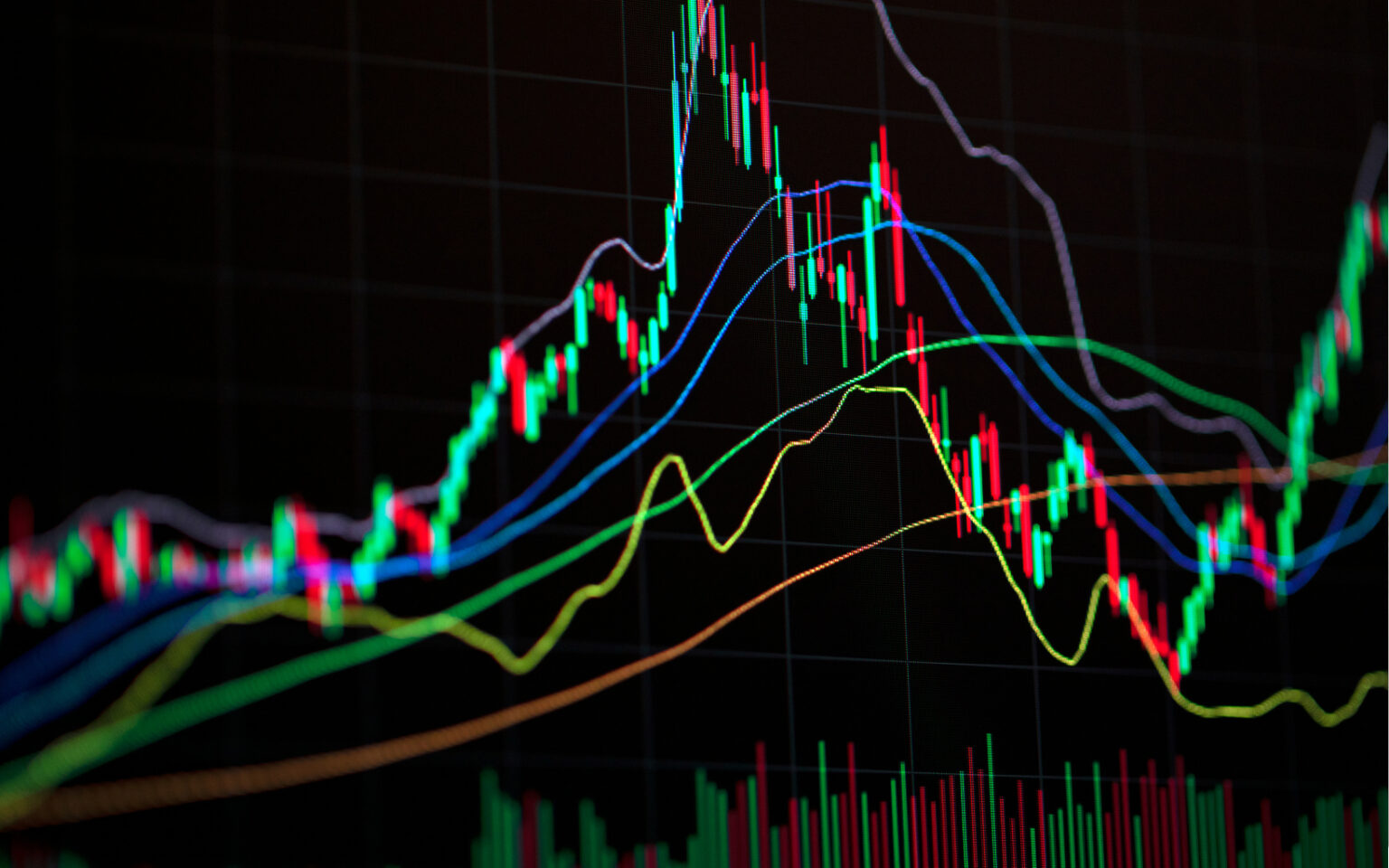
Technical indicators are essential tools for traders and analysts to make sense of price movements and market trends. Among these tools, moving averages stand out as a fundamental and widely used method for analyzing market behavior. By smoothing out price fluctuations, moving averages help traders identify trends, assess support and resistance levels, and make data-driven trading decisions.
This article delves into the different types of moving averages, their applications, and how traders incorporate them into their strategies for better market outcomes.
What Are Moving Averages?
A moving average (MA) is a trend-following or lagging indicator that helps smooth out price data by calculating a constantly updated average price over a specified time frame. This method reduces the noise caused by short-term volatility, providing a clearer picture of an asset’s price movement.
The two most commonly used types of moving averages are:
- Simple Moving Average (SMA): Formed by calculating the arithmetic average of prices over a chosen time range.
- Exponential Moving Average (EMA): Gives more weight to recent prices, making it more responsive to current market activity.
While both are effective, EMAs are often preferred by intraday traders because they react more quickly to recent price changes, whereas SMAs are popular for longer-term analysis.

Understanding Moving Averages
Moving averages are used primarily to:
- Identify Trend Directions: A rising MA indicates an uptrend, while a falling MA suggests a downtrend.
- Determine Support and Resistance Levels: Prices often react near moving average levels, acting as dynamic support or resistance.
We need to keep in mind that it is a trend-following or lagging indicator because it is based on past prices. The longer the period for the moving average, the greater the lag.
The duration of the moving average influences its responsiveness:
- Short-Term MAs (e.g., 5-day or 10-day): Track immediate price trends but may be more volatile.
- Medium-Term MAs (e.g., 21-day or 50-day): Provide a balanced view of trend strength and potential reversals.
- Long-Term MAs (e.g., 100-day or 200-day): Reflect broader market trends but have significant lag.
Traders often use specific moving averages for their distinct roles in trending markets:
- 5 EMA and 10 EMA: Ideal for tracking short-term trends.
- 21 EMA: Used for identifying pullback support and medium-trend breakouts.
- 50 SMA: Serves as support in uptrends or resistance in downtrends.
- 100 SMA: Highlights significant support or resistance levels.
- 200 SMA: Considered a major level, reflecting the overall trend and key trading signals.
A horizontal MA suggests stable prices, while a sloping MA indicates a trend—upward or downward. The higher the period, the more significant the level tends to be for traders.
How MAs Helps Traders
Moving averages are versatile tools that can be applied across various trading scenarios, such as:
- Trade Entries: Using moving averages to time entries in line with the trend.
- Trade Exits: Exiting trades when prices move significantly away from key moving averages.
- Setting Take Profit Levels: Identifying target zones based on MA support or resistance.
- Setting Stop Loss Levels: Placing stops at logical levels to protect against adverse price moves.
Trading Strategies with Moving Averages
Traders employ moving averages in several ways to enhance their strategies:
- Breakouts: Prices breaking above or below a moving average often signal the start of a new trend.
- Crossovers: When a shorter MA crosses above a longer MA (bullish crossover) or below it (bearish crossover), it signals potential trade opportunities.
- Trend Following: Using moving averages to stay aligned with the prevailing trend.
At thePropTrade, we use a combination of EMAs and SMAs across multiple timeframes and asset classes. By analyzing breakouts, crossovers, and their interactions with other technical indicators, we aim to maximize profitability in trend-following markets.
- More like this


